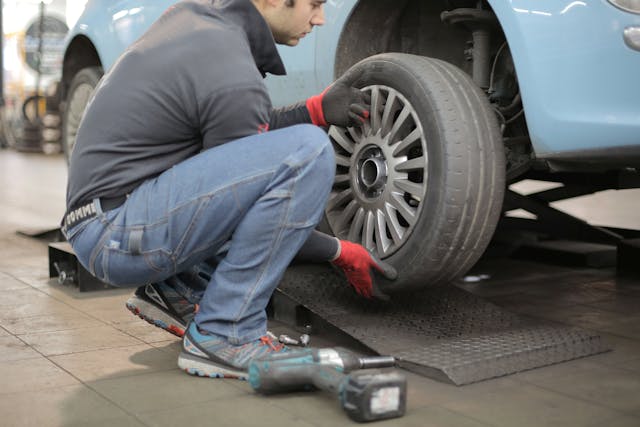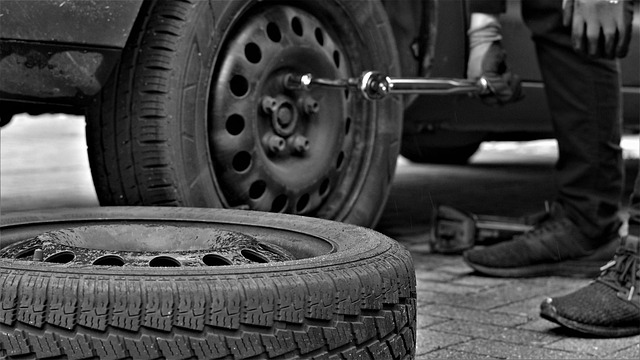When it comes to keeping your car running smoothly, the importance of good tires can’t be overstated. They are your vehicle’s only point of contact with the road and play a crucial role in ensuring safety, performance, and fuel efficiency. But how do you know when it’s time to say goodbye to those worn-out treads? With so many factors at play, it can feel overwhelming. Fear not! This guide will help you identify the signs that indicate you’re due for a tire change while also providing insight on choosing new ones. Whether you’re an avid road tripper or just someone who uses their car for daily commutes, understanding your tires is essential for any driver. Let’s dive in and explore everything you need to know about maintaining this vital component of your vehicles.
The Importance of Good Tires
Good tires are the unsung heroes of your driving experience. They provide traction, stability, and control, making every journey safer. When you hit the road, your tires absorb shocks from bumps and potholes. This cushioning effect not only enhances comfort but also protects your vehicle’s suspension system. Tires with adequate tread depth improve grip in wet or slippery conditions. With better handling comes increased confidence behind the wheel, allowing for smoother turns and quicker stops. Investing in quality tires is an investment in safety and performance. The right set can elevate your driving experience while keeping you secure on any terrain.

Signs It’s Time to Replace Your Tires
Worn tires can compromise your safety. Look for signs that indicate it might be time to replace them. First, check the tread depth. If you can see less than 1/16 of an inch, it’s a red flag. Next, inspect for visible damage like cracks or bulges on the sidewalls. These issues can lead to blowouts while driving and should not be ignored. Listen closely when you’re on the road. Any unusual vibrations or noises could signal tire problems that need attention.
Factors to Consider When Choosing New Tires
Selecting the right tires for your car involves several key factors. First, consider your driving habits. Do you frequently drive on highways, or do you navigate city streets? This will influence whether you need performance tires or all-season options. Next, think about the climate conditions in your area. If you live in a region with heavy snowfall or rain, winter, and wet-weather tires could be essential for safety and traction. Tire size is another important consideration. Always check the specifications recommended by the manufacturer of your vehicle to ensure proper fitment. The budget also plays a role when choosing new tires. While it’s tempting to opt for cheaper options, investing in quality can offer better durability and performance over time. Look into tread patterns. Different designs serve varied purposes—some enhance grip while others improve fuel efficiency. Understanding these nuances will help ensure you make an informed decision.
Conclusion
Ensuring your tires are in good condition is vital for your safety and the overall performance of your car. Regularly checking for signs of wear, understanding when to invest in new tires, and knowing when to consult a professional can make all the difference on the road. By staying informed about tire maintenance and replacement timelines, you protect yourself and extend the life of your vehicle. Prioritizing quality over cost can lead to better long-term savings as well as safer travel experiences.

